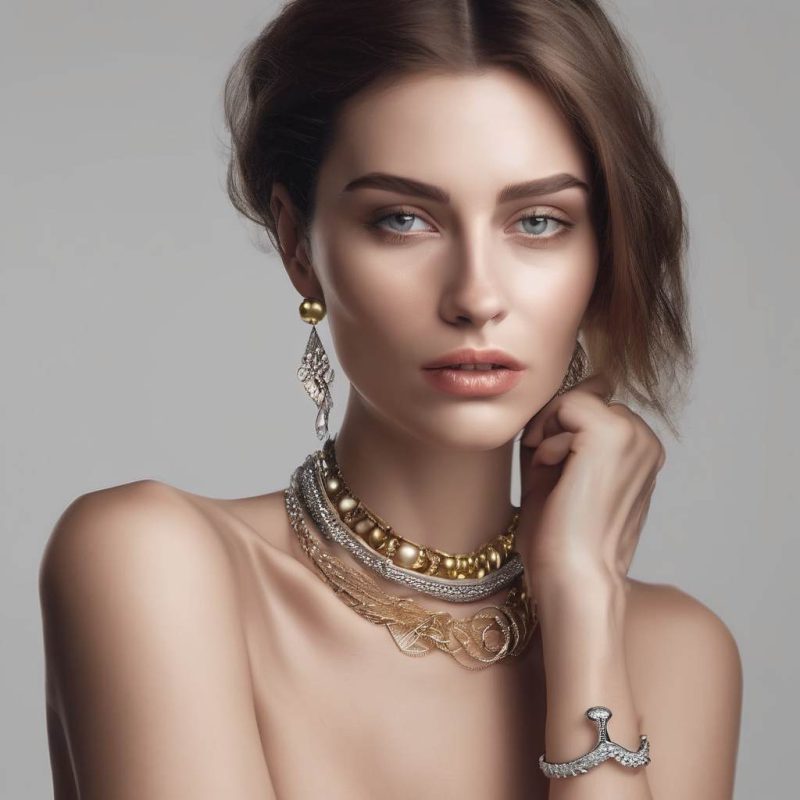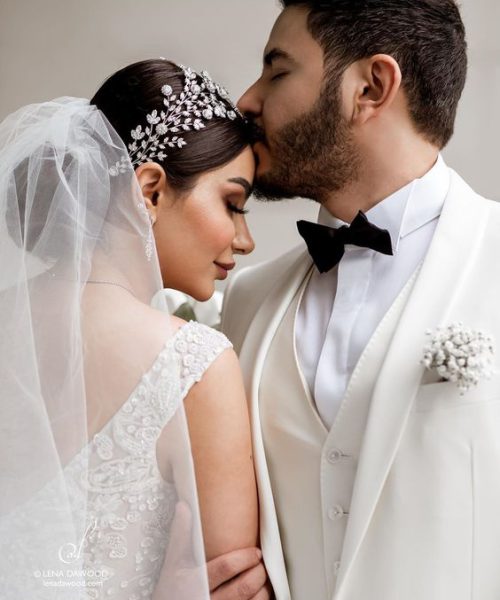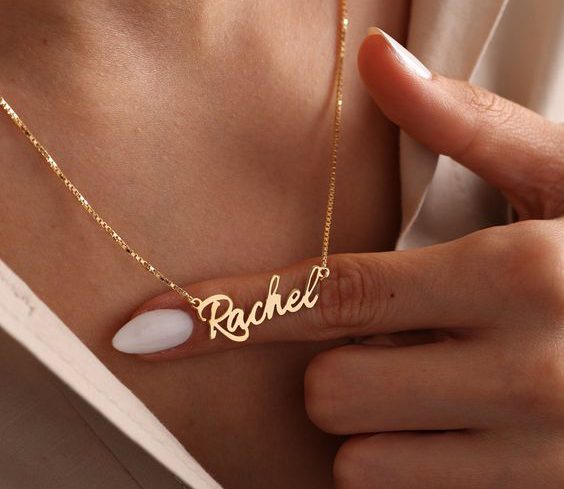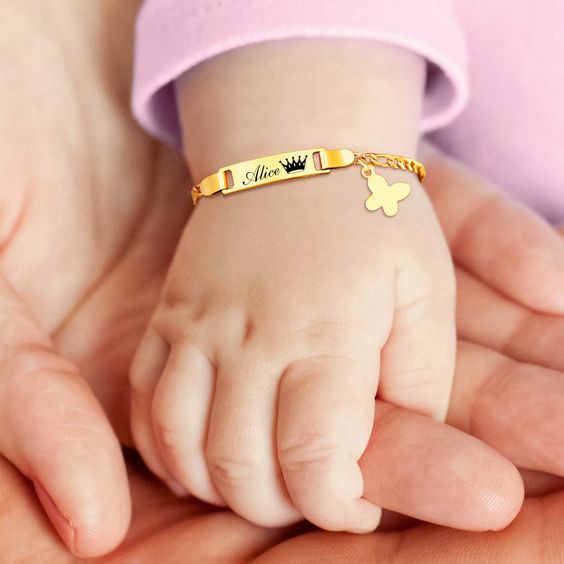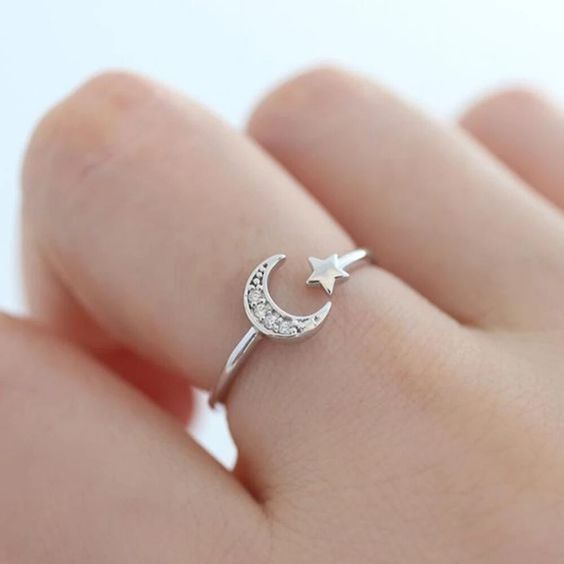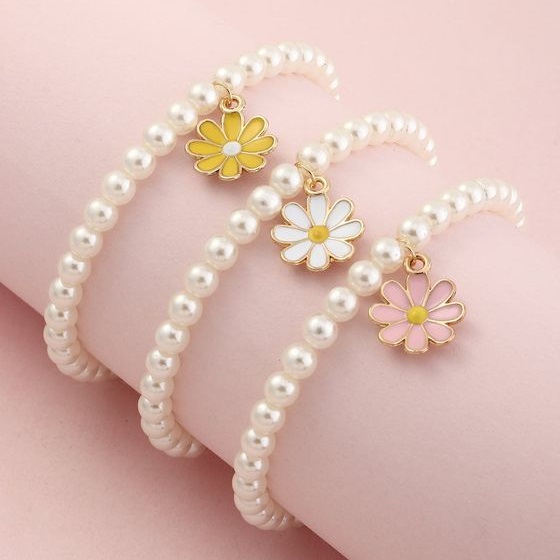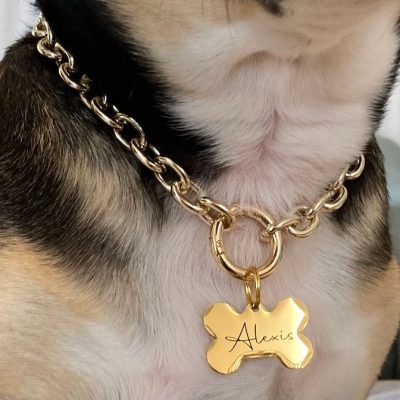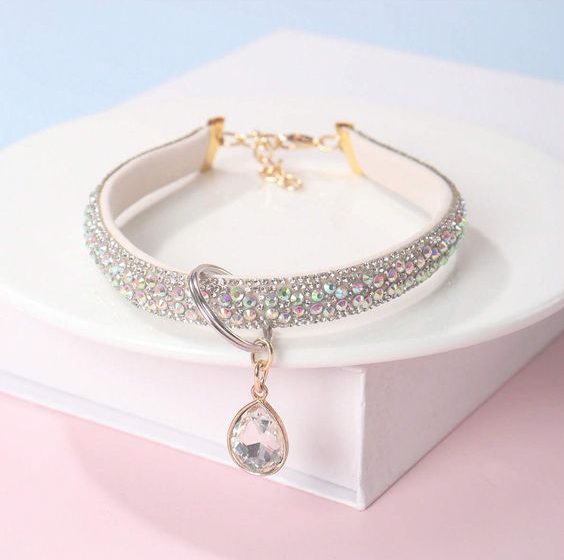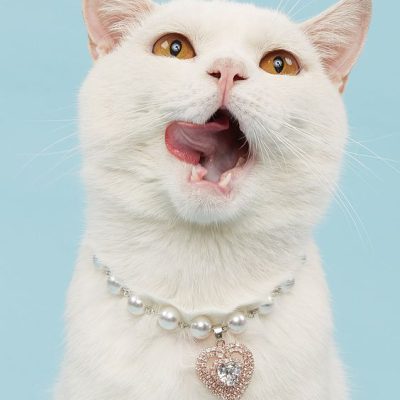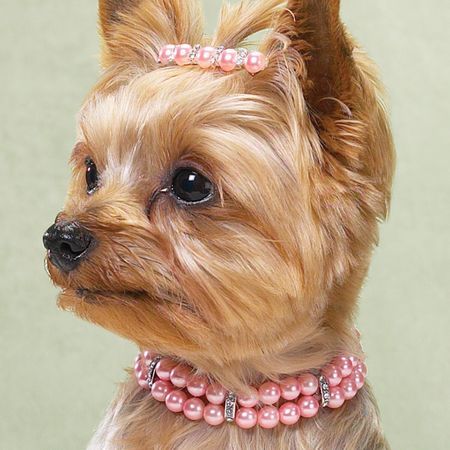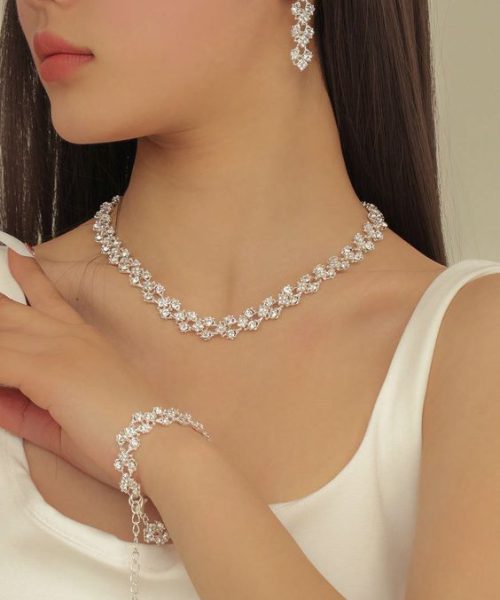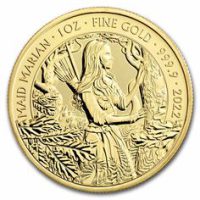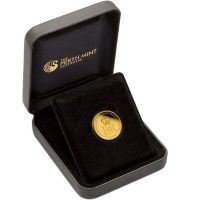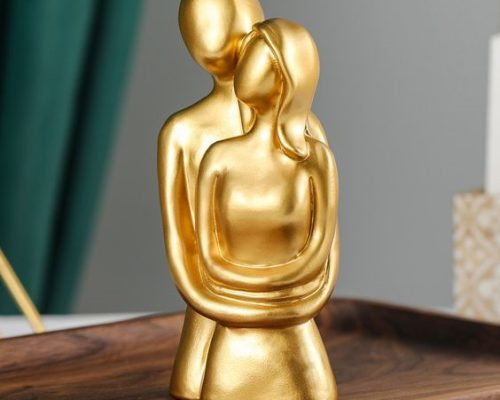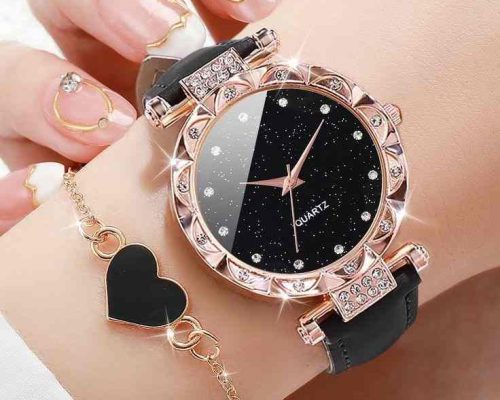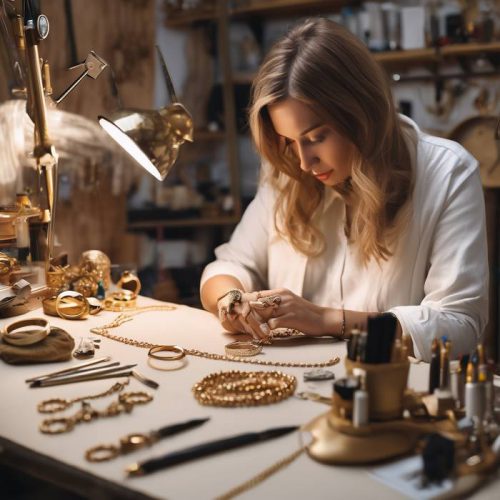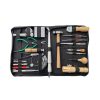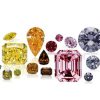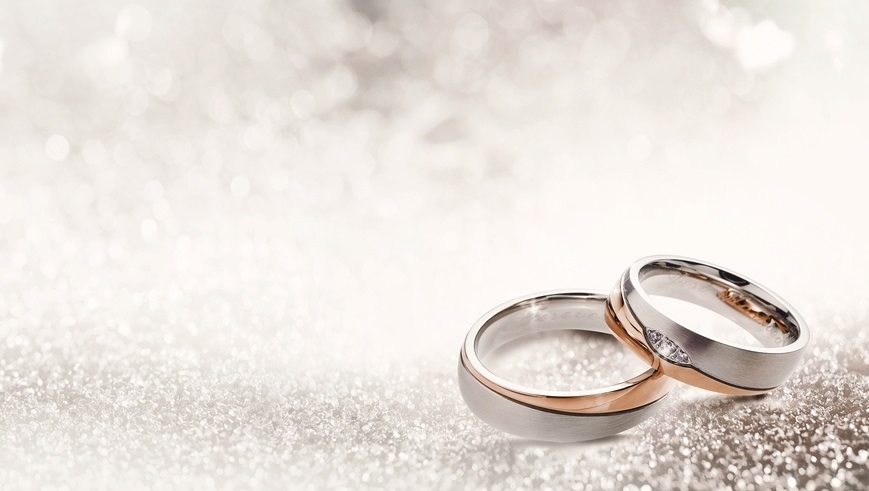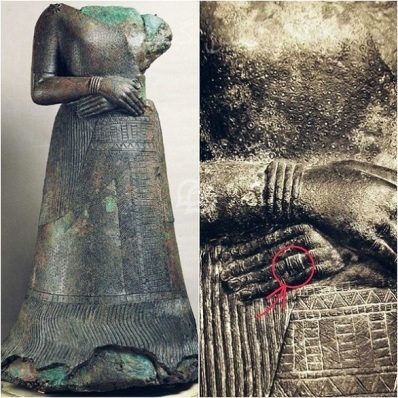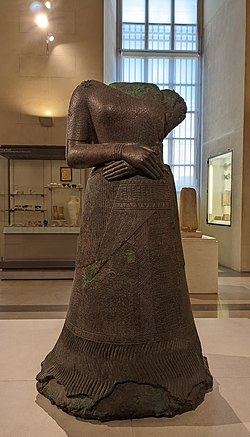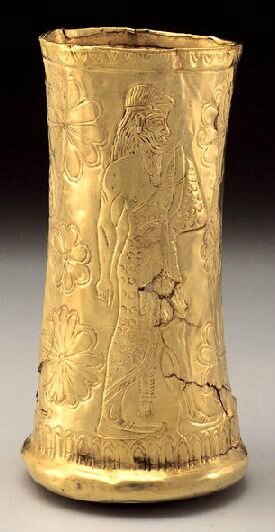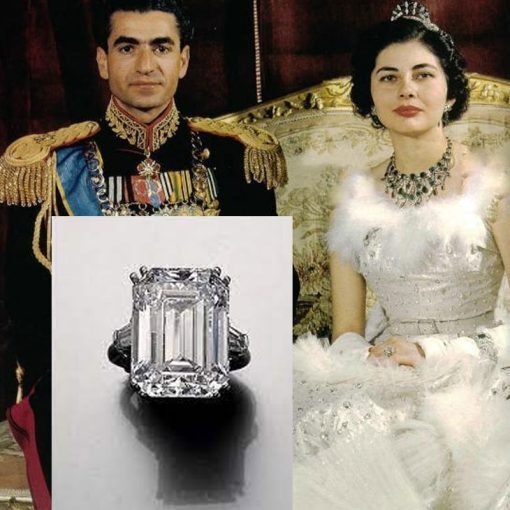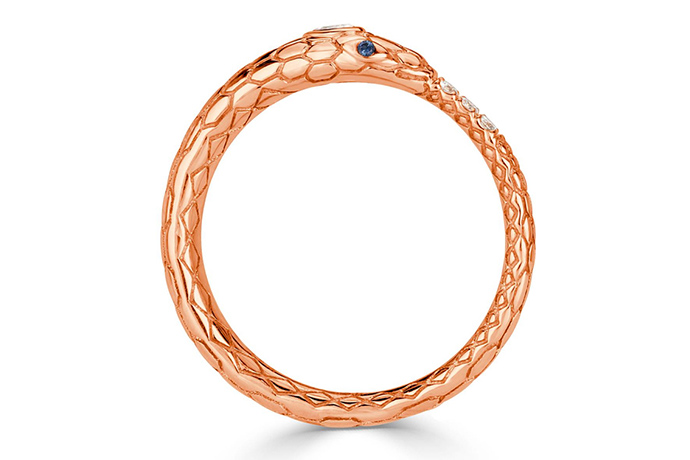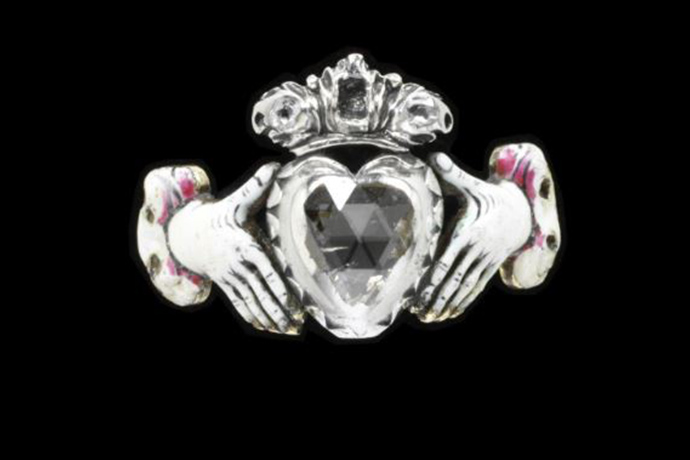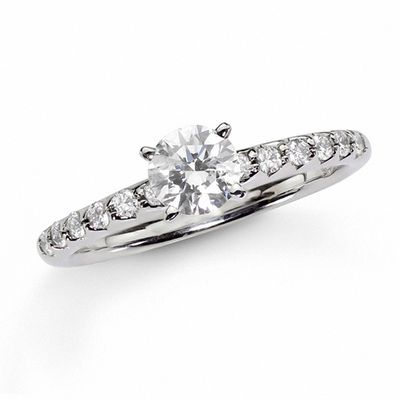The history of the engagement ring goes back thousands of years. The use of a ring is a symbol of union and commitment between two people and exists in different cultures and civilizations of the world. In ancient civilizations such as Iranian, Egyptian, Babylonian, Phoenician and Roman civilizations, the use of rings as a symbol of union and marriage has been common. Throughout history, rings have been used in business transactions, as a symbol of status and of course to pledge your love to another. In this article, read the history of the wedding ring since its inception in Leopard.
Page table of contents
Ancient Iranian jewelry and the first engagement ring
Most archaeologists believe that Iran is the cradle of jewelry making art, and this is due to the existence of a vast ancient civilization and a dynasty of kings and people who widely use jewelry for various occasions in their culture. Today, many of these jewels are kept in world-famous museums such as the Louvre Museum in Paris, the Hermitage Museum in Russia, the Metropolitan Museum of New York, and many famous museums around the world, and are sometimes open to the public.
Iran is a vast country in the north of the Persian Gulf and West Asia with a rich history of 10,000 years. The ancient civilization of Iran dates back to thousands of years before Christ. We must say that the prehistoric era of Iran goes back to the Paleolithic era, which is 12 thousand years ago. Evidences and documents have shown that Neanderthals lived in Iran during this period, whose skeletal remains were found in Biston Cave and Vazmeh Cave. The new Paleolithic era of Iran began about 40 thousand years ago and continued until about 18 thousand years ago, which is parallel to the migration of new intelligent people to Iran. Artifacts of this period have been found around Kermanshah, Khorramabad, Marv Dasht and Kashan.
The oldest signs of human civilization, related to 5000 years BC. In Iran, the Burnt City Civilization in Sistan, Elam Civilization in Khuzestan, Jiroft Civilization in Kerman, Gor Hill, Khan Castle and Spakho Fire Temple in Mane and Samalghan, Hesar Hill Civilization in Damghan, Silk Hill Civilization (in Kashan), Urartu Civilization ( In Azerbaijan), the hill of Gyan Nahavand, Kasi civilization (in today’s Lorestan), has been found. According to archaeologists, the first engagement ring belonged to the Elamite kingdom.
Queen Napirasu is the wife of Ontash Napirisha, the king of Elam and the founder of Chaghazenbil Ziggurat (Ontash city) in ancient Iran. There is a statue of him that dates back to 1250 years before Christ. This statue is about 130 cm high, 70 cm wide and weighs 1750 kg, and it is made with a layer of copper and gold on a bronze mold. According to the statue and its precision, we realize that:
On the fringed skirt of this statue, the names of the queen and the great gods of Susa, Inshushinak, are engraved in Elamite cuneiform. There is a ring on the left hand of the queen, which is probably her wedding ring. According to archaeologists, this ring is the first engagement ring in the world that belongs to the ancient Elamites. The statue of Napierasu is kept in the Louvre Museum.
Iran is the first land where people have realized the extraction and use of metals. Some of the first copper smelting furnaces were found in Tel Iblis, Kerman, dating back to the fifth millennium BC, and copper objects including pins and caps, seals, bracelets, and rings were discovered from them. The oldest metal used by man was copper.
The history of the use of ornaments in ancient Iran goes back to thousands of years before Christ. One of the objects found is the Elamite golden cup, which goes back to 2 thousand years before Christ. This cup is made of gold and silver. The Elamite golden cup is kept in the Miho Museum in Koka, Japan.
Another piece of jewelry from the Elamite period is a gold bracelet that was discovered around 1200 BC, this item was found in an ancient grave in Arjan Behbahan, the cuneiform inscription of this bracelet shows that it belonged to the Elamite king Kidin Hotran, and it is in the National Museum of Iran.
Another of these found objects is the Marlik gold cup, which was found a thousand years before Christ, and it is made of gold and is decorated with shapes and rings. Also, gold bracelets from ancient Iran were found in a thousand years before Christ. Among the valuable ornaments of ancient Iranians, we can mention: broaches or sinbands, rings, necklaces, earrings, etc.
The engagement ring of Soraya Pahlavi, wife of Mohammad Reza Pahlavi, is one of the most famous engagement rings in contemporary history. This ring had an amazing emerald-cut diamond weighing 22.37 carats. The ring was made of platinum by Harry Winston brand. The two sides of the emerald cut diamond were cone-shaped.
Ancient Egypt and the engagement ring
Roughly 3,000 years ago, ancient Egypt was the first known culture where people exchanged “love rings,” often made of straw or leather. It is said that the Egyptians saw the ring as a powerful symbol. We must say that it was the Egyptian pharaohs who first used the ring to show eternity. This is because a circle has no beginning and end and reflects the shape of the sun and moon that the Egyptians worshiped. The Egyptians also thought that the open space in the middle of a ring represented a gateway to the unknown. Egyptian ouroboros (oor-uh-boor-ros) rings depict a serpent swallowing its own tail, symbolizing the eternal cycle of things. Ouroboros is one of the oldest symbols in the world and its name means “tail eater” in Greek.
When Alexander the Great conquered Egypt, the Greeks learned this tradition of giving rings to their lovers from the Egyptians. Many of these rings depicted Eros or Cupid, the god of love. When the Romans conquered Greece, they adopted this tradition and started using iron and copper rings in engagement ceremonies. Iron rings sometimes had key motifs, symbolizing that the wife now had control over household items. However, by the 2nd century AD, most rings were gold.
Ring in the third and fourth centuries
From the 3rd and 4th centuries onwards, gold rings became more beautiful and attractive and showed off the wealth of the giver. The rings that tied the two right hands together symbolized friendship, partnership and marriage and were used in those centuries. The design was done in gold and often carved into precious stones such as onyx, carnelian, garnet or amethyst. Even later, the Romans began to personalize their rings by carving their own portraits into their rings.
The ancient Egyptians believed that the ring finger, or fourth finger of the left hand, contained the “love vein” or “vein of love” that led directly to the heart. The Romans accepted this idea and put the engagement ring on their ring finger. Although their belief is not anatomically correct, the tradition of wearing a ring on the ring finger continues to this day.
The evolution of the engagement ring
Beginning in the Middle Ages, engagement rings began to be set with precious jewelry. Medieval Europeans used rubies to symbolize love, sapphires to symbolize heaven, and diamonds to symbolize steadfast power. Both Roman rings and portrait rings were common in medieval Europe.
Around the 1600s, Roman rings showing two hands evolved into Claddagh rings showing a pair of hands holding a heart. Gimel rings were with motifs showing a gem that was clasped by two hands. Posey rings became popular during the Renaissance and Elizabethan eras. These rings were written with poetry inside or outside the ring band.
diamond ring
The oldest surviving diamond jewelry dates back to 300 BC. The first known diamond ring dates back to the late 100s and was found in Rome. Diamonds were not cut at the time and were valued for their hardness rather than brilliance. The first recorded diamond wedding ring dates back to the late 1300s or early 1400s. The first famous diamond engagement ring was given to Mary of Burgundy in 1477 by Archduke Maximilian of Austria. The ring is said to be set with small flat diamonds that feature Mary’s initials, M, a fitting gift for the future duchess who was the most eligible bachelor at the time.
Other famous historical diamond rings include the diamond ring that Duke Alchennon gave to Queen Elizabeth I and the diamond ring that Thomas, Duke of Norfolk gave to Mary, Queen of Scots. Both were given as marriage proposals. However, none of the suitors managed to attract the attention of their favorite girl. Queen Elizabeth I’s subjects did not want the French ruler, and Mary, Queen of Scots, was eventually executed by Elizabeth I. Diamond engagement rings became very popular and fashionable among the aristocracy during the Victorian era due to Queen Victoria’s well-known love of diamond.
Engagement and engagement rings
In medieval England, marriage was very simple. All the husband and wife had to do was to offer each other their “present satisfaction.” Often, this satisfaction was expressed through the giving and receiving of an object, and this object was often a ring. Therefore, in the engagement ceremony, the man would present a ring to the woman and the woman would accept it. This became the norm in the 8th century. Since there was no need for witnesses or clergy to be present at the wedding, one or both of the couples could later deny the wedding.
Therefore, in the 12th century, the Christian Church declared marriage a sacrament and established a church ceremony. Rings were part of the ceremony, and it became a law that no man should put any kind of ring on a woman’s hand unless he intended to marry her. Before this, rings did not always mean marriage. They were often given as a sign of dedication or to indicate engagement. When the church codified marriage, two types of engagement rings and engagement rings that were approved by the church became popular.
Men and engagement rings
Until the last century, engagement rings were mostly worn by women, although the Christian church promoted the exchange of engagement rings as a way to keep men faithful. Double rings only appeared during World War II when American and European soldiers wore wedding rings as a way to remember their wives and lovers. This tradition continued during the war. After this, men’s wedding rings are also seen among civilians.
engagement ring now
In recent years, we have seen a change in the priorities of the engagement ring. Of course, diamonds are still a popular option, but today most brides choose precious and colored stones that are made of unique materials. Currently, the types of engagement ring designs are very diverse and may vary depending on the taste and The lifestyle of any other couple. Below are some of the popular engagement ring designs today:
1. Simple and classic: Simple rings with simple and pure designs without patterns or gemstones are common. These designs are minimal and beautiful and are used as a symbol of commitment.
2. Rings with precious stones: rings with precious stones such as diamonds, emeralds, rubies, etc.
3. Ring with a pattern or pattern: Some rings have different patterns and designs such as zigzag patterns, waves, hearts, etc. These designs add more charm to the ring.
4. Ring with artistic design: rings with artistic designs such as floral, manuscript, buildings, turquoise jewelry, etc. These designs are often related to the individual taste and lifestyle of the couple.
5. Rings with religious symbols: Some ring designers use religious symbols and symbols such as the cross, minorah (the lighted tree of Ahura Mazda), Star of David , etc. to produce engagement rings.
Leopard Jewelry Design Group designs and produces the most beautiful engagement and wedding rings for you according to your own taste. Contact our experts to place an order.















